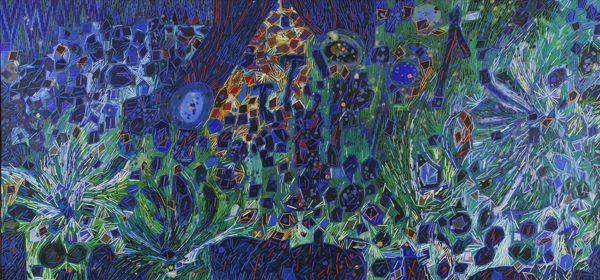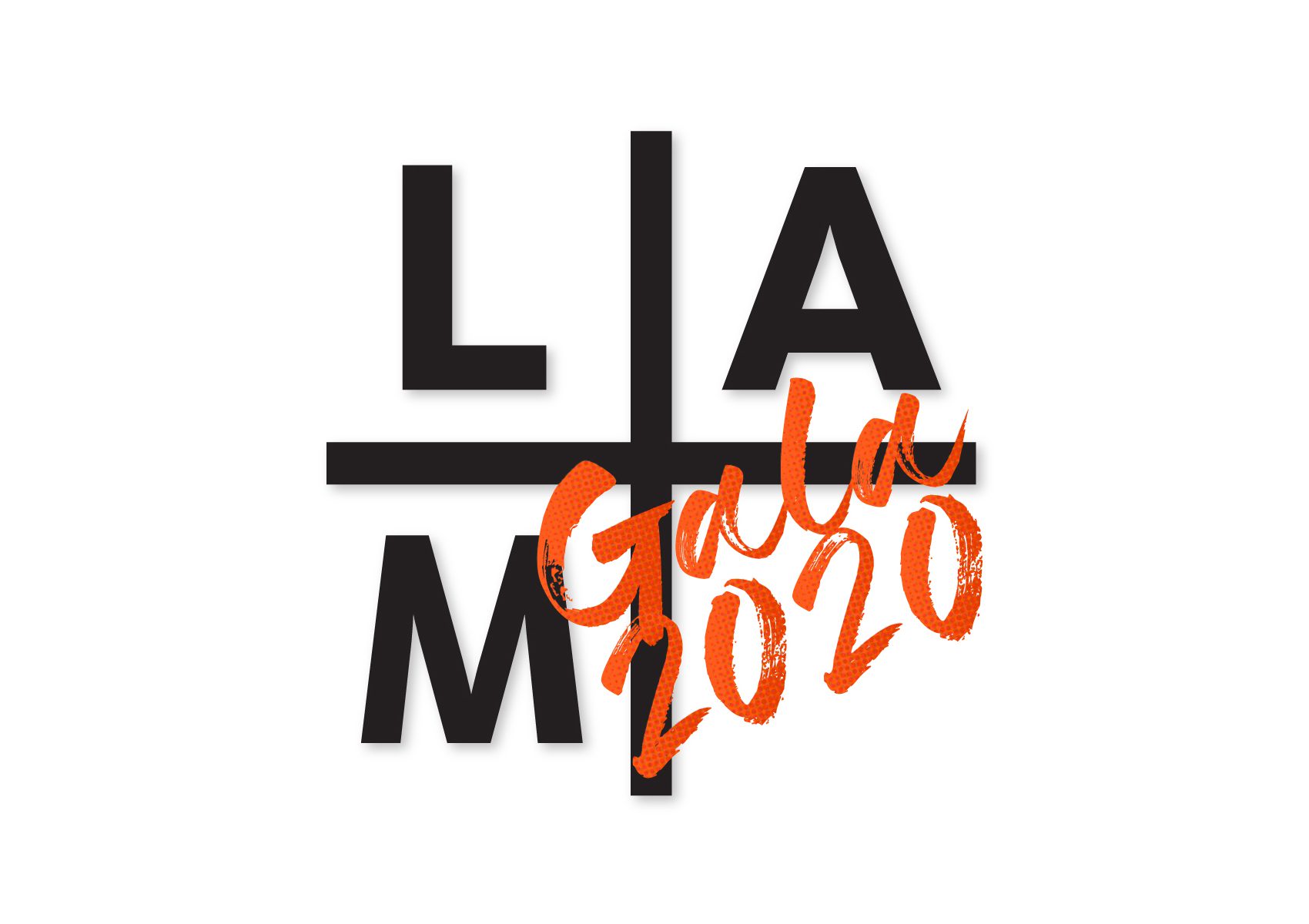Lotus Land

Lee Mullican
Lotus Land
Oil on canvas, 1967
35 x 75 inches
Anonymous Gift
1993.015
After his service in World War II as a topographical draftsman, Lee Mullican moved to the San Francisco Bay Area. There he joined the Europeans Wolfgang Paalen and Gordon Onslow Ford, who had been living in Mexico during the war, in a group they called the Dynaton. Steeped in ideas gleaned from Native American and pre-Columbian culture, quantum physics, and mysticism, the artists took nature as a point of departure and sought shamanic sensitivity to the world around them.
After the Dynaton group disbanded in 1951, Mullican moved to Santa Monica, where he lived until his death, teaching for many years at UCLA. He continued to follow an approach to abstraction that acknowledged the role of artist as seer and handmaiden to science, expressing psychic and cosmic interconnectedness. His art was also informed by his war experience as a mapmaker working with aerial views of patterns.
The title Lotus Land refers to the lotus-eaters of Greek mythology, who lived in an idyllic world and ate the narcotic lotus. More specifically it refers to the peyote cactus, which is taken to induce a transcendent state of connectedness with all living things. The psychedelic drug has a long history of ritualistic and medicinal use by the indigenous peoples of North America and Mexico.
With Lotus Land, a lush, intensely colored and layered abstract vision, Mullican sought to vault us out of the world as we know it into a mystical experience of the unity of self and nature.






